Are you concerned about the number of plugs linked to a circuit, and do you ever feel like they are about to overload while you are running many devices at once?
Even though the National Electrical Code (NEC) does not technically limit the implementation of receptacles on your circuit, it is critical to understand its power usage limitations.
Today, we will discuss the number of outlets on a 20 amp circuit that is optimum for limiting your daily power use.
What Is A 20 Amp Circuit?
The term “20 amp” belongs to the amp rating or the current volume that may run through a 20 amp breaker. Home devices, like lights or sockets, are often rated for 15 or 20 amps.
Function
Since the ampere (amp) is the measurement unit used for current, this will inform you how much current may properly flow through them. Also, the circuit’s amp rating is proportional to the cable size utilized.
If you use the 20 amp circuit, consider the amp capacity of the circuit linked to it. It specifies the maximum number of sockets that may be added to the circuit. A 20 amp circuit is indeed wired with 10- or 12-gauge wire.
Maximum Current Flow
The 20 ampere rating for a circuit does not signify a continuous current of 20 amps running through it. It implies the highest current that the circuit should safely operate.
You may have outlets in your home that include a 20 amp circuit but only utilize a little power.
This should not cause any problems, but connecting to a major device or tool that demands a 20 amp circuit, such as a microwave or power saw, might overpower a smaller circuit (like a 15 amp circuit), which may lead to the circuit breaker tripping or the fuse blowing. You will also notice the wire overheating in this case.
How Many Outlets On A 20 Amp Circuit Breaker?
A decent formula is to establish a limit draw of 1.5 amperes for each outlet, which says that you may place 10 receptacles on a 20-amp circuit.
Technically, you can use 13 gadgets to get the best performance of 20 amps of circuit power (13 devices x 1.5 amps = 19.5 amps). However, this is not highly recommended
This strategy will prevent other gadgets from gaining the power needed to start up since the circuit breaker will run continually when 90% of the circuit is engaged. Because of this issue, the NEC recommended limiting circuits and the electrical system’s max load to 80% or less.
This rule is essential because power surges from larger appliance items will use the extra 20% of the circuit, which is utilized as “space available.”
With that constraint, 80% of 20-amp outlets equals 16 amps (1920 watts) on 120V power. Hence, you are only allowed to use 10 outlets on a 20-amp circuit.
Because most power systems only enable one outlet to be activated at a time, it’s a good idea to distribute around the home on a single path to guarantee you have power wherever you need it.
To link 20-amp circuits, you should use 12-gauge wires. If you put 14 gauge wiring on the breaker carrying 20 amps of current, you may overrun the circuit and risk starting a fire, overheating the wire, or experiencing a power surge.
On the other hand, outlets installed in the restroom, kitchen, laundry room, or outside should normally be ground-fault interrupting receptacles.
How Can I Properly Manage My Outlets?
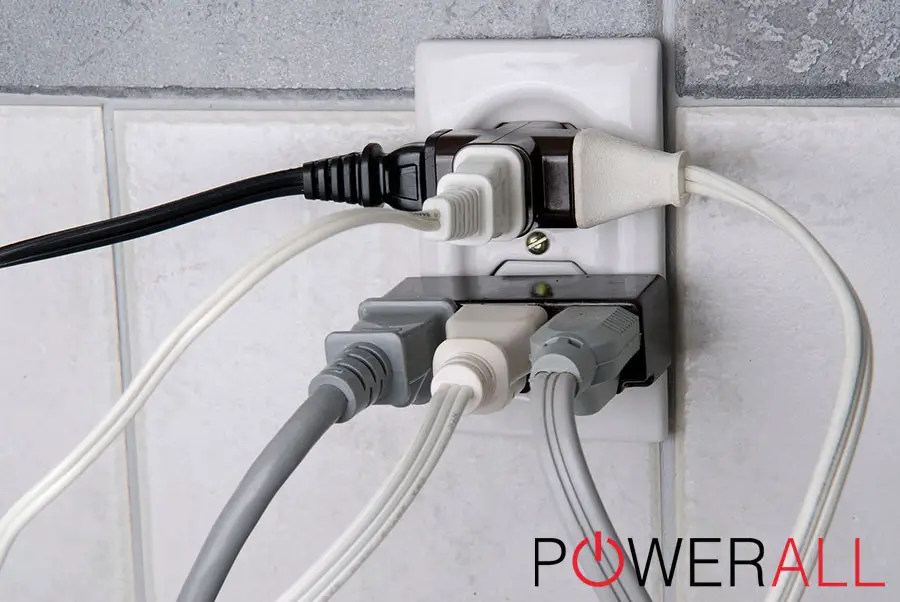
Unless you put anything into the receptacle, it will not consume any current. However, exceeding the restriction of 10 outlets for 20 amp circuits in your residence might leave much room for things to go awry.
It is important to remember that not all locations or circuits utilize the same energy because not all gadgets are created equal. Kitchens and restrooms are likely packed with high-power devices.
If you are not cautious and install a single 20 amp circuit for both places, the wires may overload and cause damage. So, it is better to follow the layout design before placing your outlets.
What Can Run On a 20-Amp Circuit?
The 20-amp circuit is not intended to operate heavy equipment such as stoves, freezers, dryers, air conditioners, or washers but is suitable for smaller domestic appliances.
The NEC recommends installing at least two 20-amp circuits for the countertop. This rule ensures you can operate moderate-power kitchen equipment on the tabletop without overloading the outlets.
The following appliances and equipment are perfect to be plugged in a 20-amp circuit breaker:
- Microwaves
- Television
- The baguette oven
- Blender
- Mixer
- Television
- Home entertainment devices
- Free-standing lights
Note that even when you don’t exceed the number of receptacles, the circuit might still be overloaded at the outlet point. Many individuals use an extension plug to connect to too many gadgets.
It is crucial to make sure the system’s total wattage is within the circuit limit. You can use this calculation to figure out the peak energy that can be operated on a 20-amp circuit:
Watts = Max Amps * Volts.
The result will be the total voltage that the circuit can handle. We may keep the Watts of all things attached to the plugs in check using this value as the top limit.
What To Do If Your 20 Amp Circuit Is Overloaded?
If you live in an old house with defective wiring, you might have too many receptacles on a single circuit.
The initial step is to determine what you can disconnect or limit the usage of too many gadgets at once. However, this is only sometimes possible to minimize the amperage running over your circuit.
The most effective way to cope with a heavily loaded 20 amp circuit breaker is to divide it by installing new separate circuits from an independent breaker to carry the rest.
Sometimes, we may experience an overload since gadgets in two toilets are linked to a common circuit. Suppose many people in the house use the restroom in the morning and, in some circumstances, use a blow dryer simultaneously. The electrical components might melt, posing a threat.
The solution was to run a separate 12-gauge cable from a 20-amp breaker to one of the restrooms. This quickly addresses the problem and makes the house considerably safer.
Frequently Asked Questions
Can I Put 12 outlets On A 20-amp Circuit?
Not recommended.
But in theory, that’s up to you. No clear requirement in the NEC restricts the number of outlets installed on a 20-amp circuit.
However, there are constraints to the withdrawal of energy.
How Far Can I Run A 12 gauge Wire On A 20 Amp Circuit?
On a 15 amp circuit, you may run 12 gauge wiring approximately 70 ft. If you use 12 gauge cable on a 20 amp breaker, the distance cuts down to 50 ft.
Is It OK To Use A 15A Outlet On A 20A Circuit?
Yes. A 15-amp receptacle might be easily used in a 20-amp receptacle. In reality, given the maximum load or permissible ampacity on a 20-ampere circuit, even a 16 amp socket might be installed.
How Many 15 Amp Outlets Can You Put On A 20 Amp Circuit?
There is no limitation on the number of 15 amp outlets that may be connected. However, remember that each outlet’s power flow must be comparable to or less than 15 amperes.
What Happens If You Use 14-2 Wire On A 20 Amp Circuit?
Using 14-gauge wires (such as 14-2) for cable outlets on 20-amp receptacles can lead to damage in the branch circuit, excessive heat, and electrical explosions. Verify the breaker panel for the wattage of the circuit you’re dealing with before connecting to a socket.
Final Thoughts
To know the max outlets on a 20 amp circuit, always follow the 80% circuits rule, with a maximum capacity of 1.5 amps allowed per outlet.
To minimize overheating and electrical risks, ensure your circuit, lead size, and socket are all suitable.
Thank you for reading the post. See you next time.
See also:

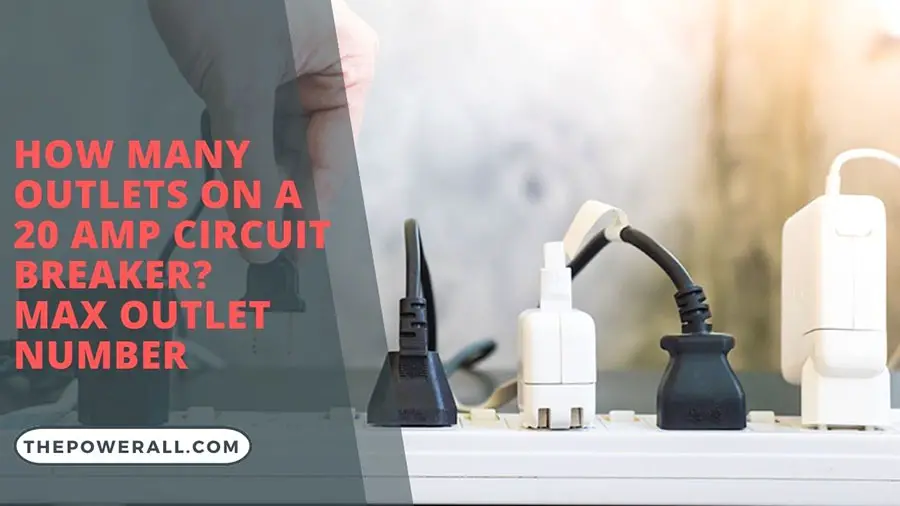

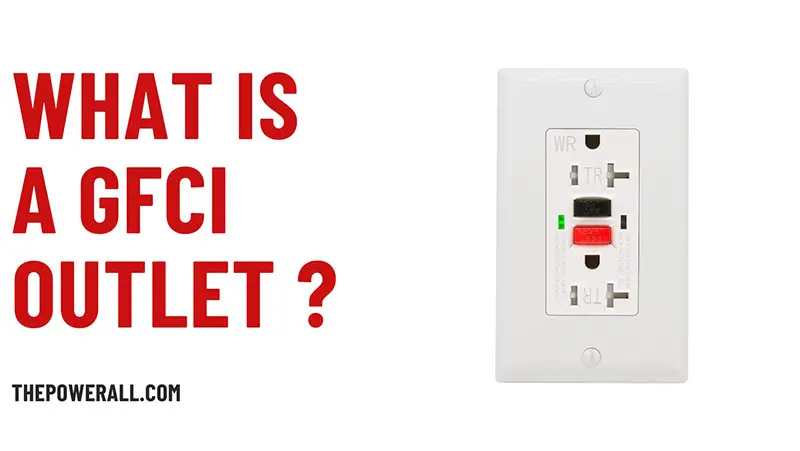

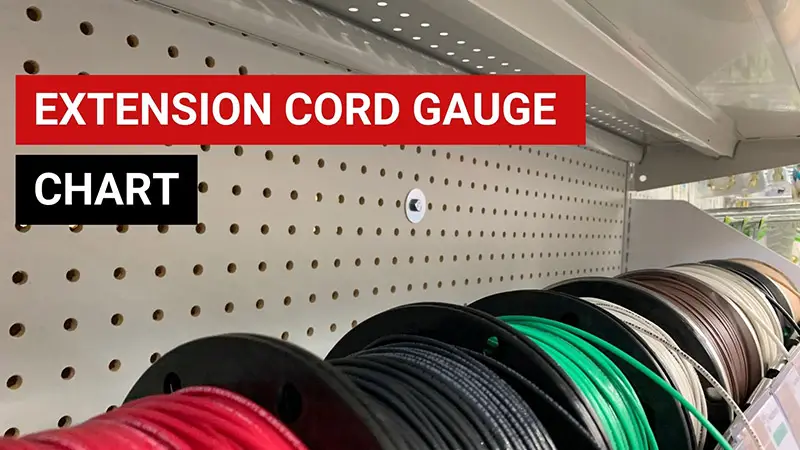
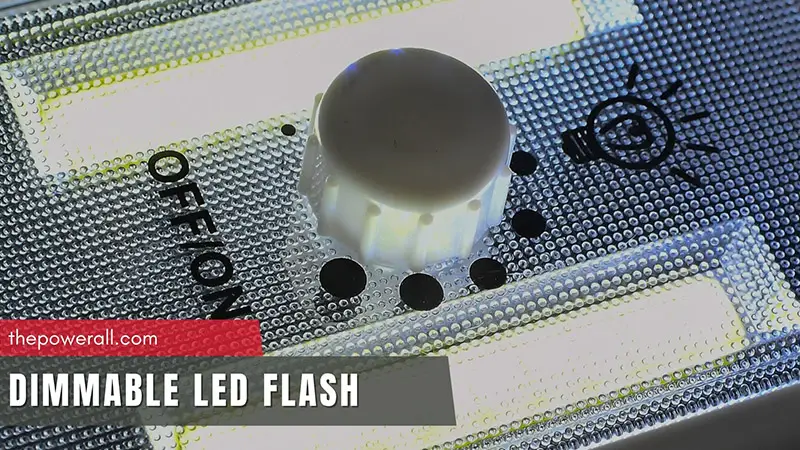
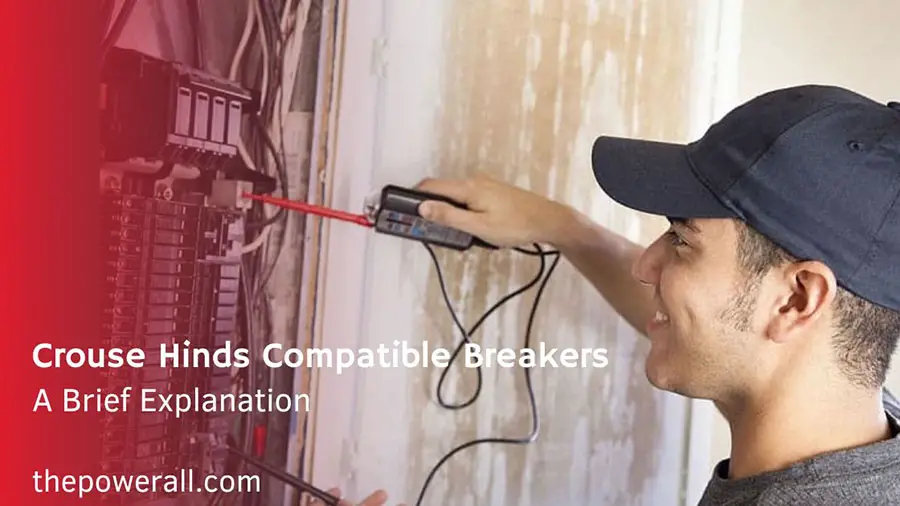
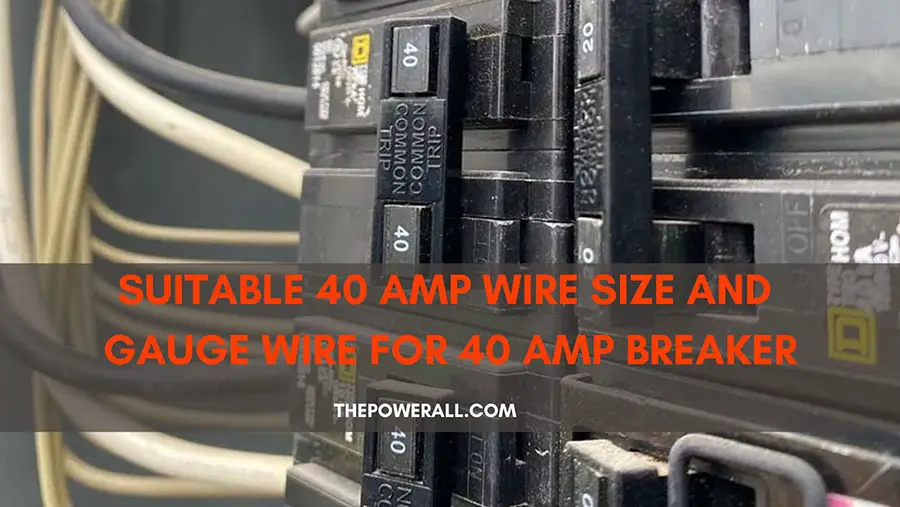
0 Comments